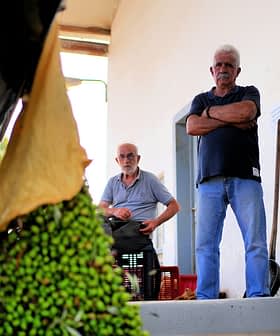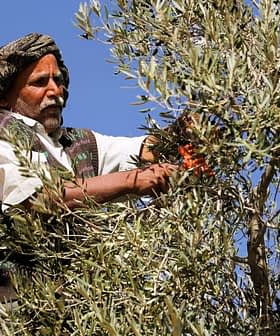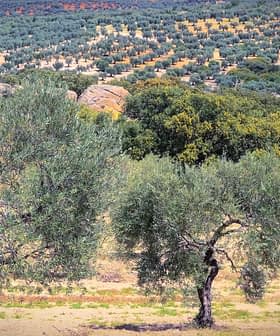Council Establishes Olive Oil Price 'Observatory'
The International Olive Council is establishing a new ‘business intelligence observatory’ called Economy Watch to track olive oil prices, provide market forecasts, and analyze the economic situation to anticipate developments and potential market crises. The observatory will produce trend reports, market updates, and a warning system, with input from a group of experts convened by the IOC to guide its creation and improve the quality of statistics for the sector.

Improved tracking of olive oil prices and the provision of market forecasts and analysis are among the goals for a new ‘business intelligence observatory’ being set up by the International Olive Council.
To be known as the Economy Watch, it will be geared towards monitoring the economic situation “in order to anticipate developments,” analyze the underlying causes of possible market crises or disruptions and perform evaluations and simulations.
It will also produce trend reports and market updates, provide a “warning system,” and share its output via conferences and seminars, the IOC said in its August market newsletter. A group of experts convened by the IOC will meet on September 25 to guide the creation of the observatory.
And the IOC also wants to improve the calibre of statistics for the sector. Its working group on this issue will hold a third meeting on September 24 to deal with matters including differences in foreign trade data, the latest data on olive crop area trends, growth prospects and producer prices, and a new olive and olive oil database aimed at “speeding up and enhancing the internal statistical processing capabilities of the (IOC) Executive Secretariat.”
 Producer prices
Producer prices
The need for better understanding of pricing trends in the olive oil sector is perhaps illustrated in the context of the recent surge in producer prices in Spain, which many attribute largely to drought severely reducing the current olive crop.
But the IOC was more cautious, noting that while the “most common explanation would be that crops are expected to be smaller due to the harsh drought of recent months…we must remember that prices have been very low in Spain through the last two crop years. This increase brings them up to the level of November 2009.”
Extra virgin olive oil prices reached €2.19/kg in Spain in the last week of August — up 14 percent compared with the same period last season earlier, it said.
EVOO prices took longer to start rising in Italy. Though averaging €2.85/kg in the first week of September — up 47 cents on the month before — they are still down 18 percent season-on-season.
The latest price given for Greece was from mid-July and at €1.82/kg was 11 percent down on last season.
World olive oil and table olive market
Olive oil and olive pomace oil imports into the United States continue to grow and are up 4 percent for the first nine months of the 2011/12 season (October-June) compared to the same period last season. Spain gained market share and Italy lost a little in this market, the world’s biggest beyond the combined EU/27 countries.
The US imported 23,642 tons of olive oil in June, compared to just 3922 for China, but growth was more dramatic in the latter with shipments up by a quarter.
Imports are up 14 percent in Japan, 10 percent in Brazil — where later this month the IOC will launch a campaign to promote olive and olive oil consumption — and 8 percent in Russia, but down 9 percent in Canada and 5 percent in Australia.
Imports into the European Union were up 2 percent for the first eight months of 2010/11, “which comes as a surprise given the exceptionally high level of EU production in 2011/12, and a decrease in intra-EU/27 imports (-3 percent)” the IOC said.









